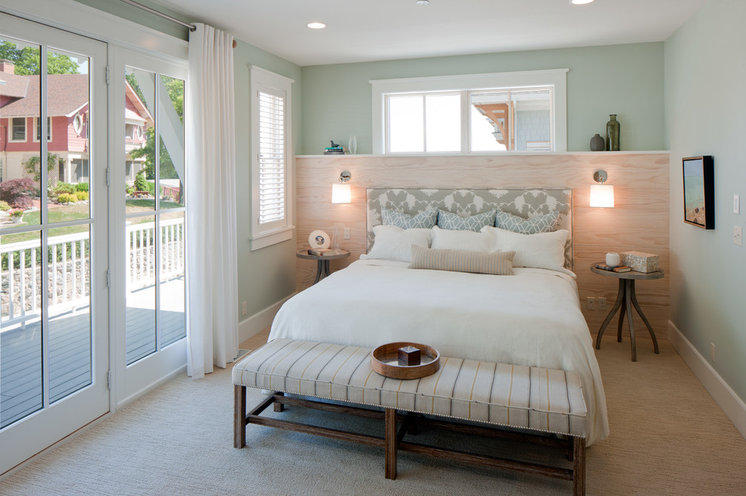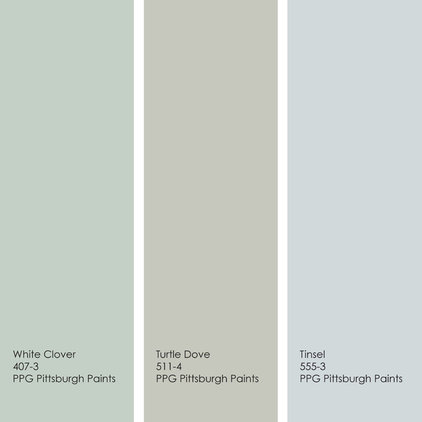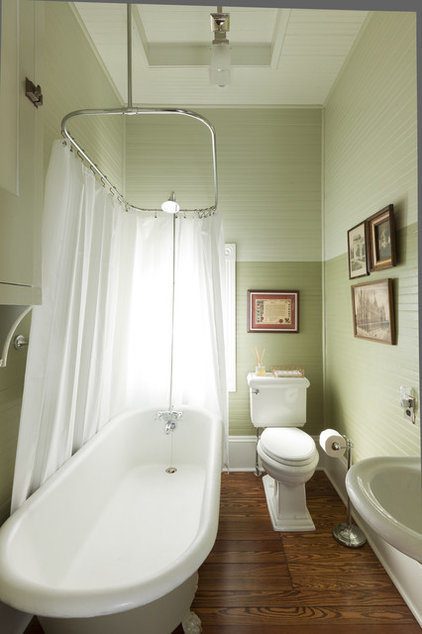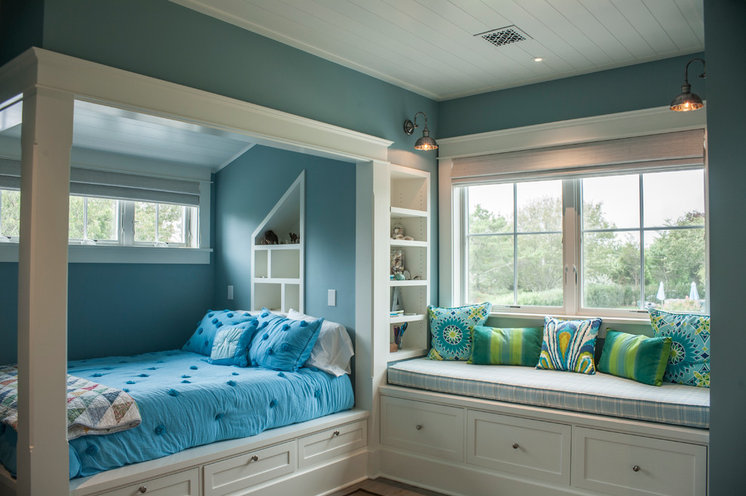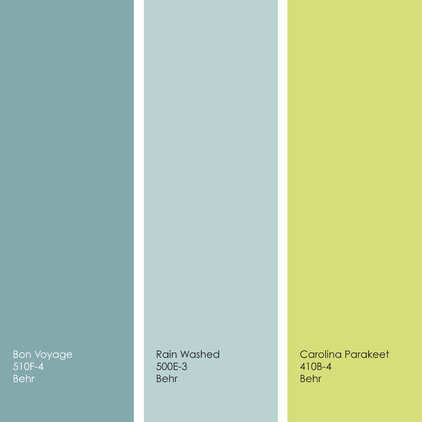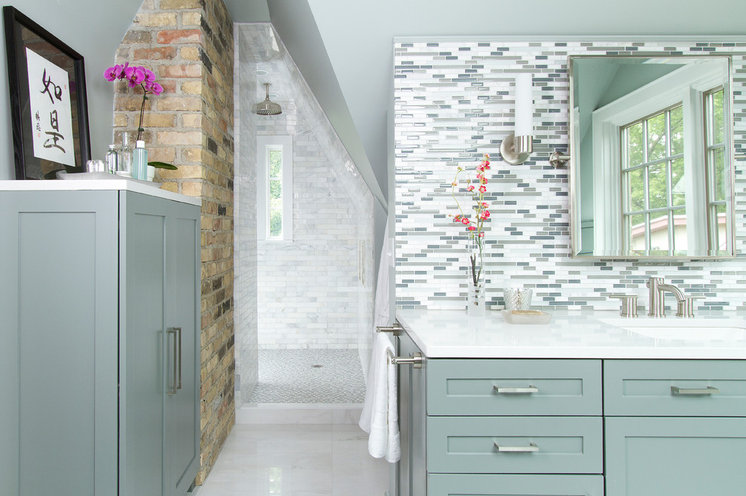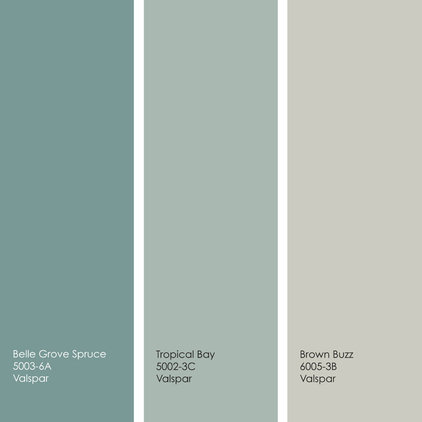What you don’t know about your renters insurance policy can hurt you, especially when it comes to insuring high-value possessions such as artwork, furs, jewelry or collectibles.
Renters policies typically cover those items — up to a point. Payouts for these items often have limits, which may come up short of the amount you’d need to replace your belongings. Fortunately, there are ways to make sure all your possessions receive adequate protection.
The case for renters insurance
If you’ve purchased renters insurance, you’re already in the informed minority. Only 37 percent of renters have insurance, according to a 2014 survey conducted for the Insurance Information Institute. Meanwhile, more than 95 percent of homeowners have home insurance.
The big reason for the disparity is that most homeowners don’t have a choice. Their lender requires them to have home insurance as a term of their mortgage, because it protects the lender in case of damage from fire, wind, hail and other covered perils. While some landlords require tenants to purchase insurance, it is not standard procedure.
Another reason many renters don’t purchase insurance is that they mistakenly believe that the landlord’s policy covers them. But the landlord’s policy protects the building and the landlord’s possessions within it – not renters and their belongings. For that, tenants need their own coverage.
Protecting high-value items
One of the reasons you purchase renters insurance is to protect your possessions – your furniture, clothing, electronics and other belongings. However, as mentioned above, standard policies can limit how much you’ll receive for particular items. Jewelry coverage might be limited to $1,000, for example.
If you own a family heirloom that’s worth, say, $5,000, you have two options:
- Schedule an endorsement. An endorsement extends full coverage to the item as part of the policy. It often is the most economical way of making sure you have the protection you need, and it keeps all your coverage with one provider.
- Purchase a personal articles floater. This is a separate policy, usually purchased from a company that specializes in covering high-value items. It will cost more, but there usually are no deductibles, and coverage can apply outside the home as well.
Either way, you’ll need an appraisal of your high-value items to document their value. The appraisal can be the beginning of a home inventory, which can help when you have to file a claim.
A home inventory is a room-by-room list of your possessions that should include photos of each item, their serial numbers, and receipts, if you have them. One of these sample forms can help you get started.
read more...
http://www.zillow.com/blog/high-value-items-renters-policy-170585/

